In May 1973, on May 16 to be exact, British Leyland launched its new Allegro. It had to be one of the most ambitious model launches Britain had ever seen. The model range consisted of twelve different versions and no expense was spared on advertising or photography. Expectations for the new Allegro were high, with production numbers predicted to reach 5000 cars per week. A number that was comparable to the heyday of its predecessor, the immortal mid-sized car codenamed ADO16. That predecessor was best known as BMC 1100/1300, but other names also participated. For example, the ADO16 only had the name Austin 'Glider' in the Netherlands.
Full of optimism
During the glam rock spring of 1973, there were plenty of reasons to be optimistic about the future. The British economy boomed and the British Leyland Motor Corporation announced £500 million in new investment, while at the same time introducing an all-new car (the Leyland P76) in Australia. After years of lobbying for entry into the EEC, British Leyland would have a huge expansion of its sales market, because all restrictive tariffs were abolished (eventually only in 1977) and the European market for family cars was at their feet.
Quartic steering wheel
Compared to its direct competitors, the Volkswagen Golf and the Opel Kadett, the Allegro was excellently designed with one very special novelty: the Allegro was not equipped with the old, familiar round steering wheel, but with a steering wheel that was square with rounded corners. This new “Quartic” steering wheel was supposed to be a unique selling point, but it met with little success. That is why British Leyland decided to equip the later Allegro models with the conventional round steering wheel. Still, it had something, that square steering wheel!
Special aerodynamics
The model of the Allegro was not bad at all compared to its competitors. However, it had one more special feature: when the Allegro drove backwards it was more aerodynamic than when it drove forward. And you really do the latter in 99 percent of the active driving time. No one was bothered by this, with the Allegro you moved just as easily as with any other car.
Very clumsy
Another remarkable thing that did bother the Allegro was that it had a traditional boot lid and did not have a large third or fifth door. The opening tailgate was already used in almost all hatchback models from other brands in the early XNUMXs, but “No!” said British Leyland's marketing department: "We are deciding that only the bigger brother in the model range - the Austin Maxi - will be available as a hatchback". This gave the Maxi a unique selling point. But if you do one, you don't have to leave the other. So this decision was, to say the least, very clumsy! You may wonder how many sales orders it has saved.
In between strikes
The Allegro would compete and the sales numbers had to be brought to a comparable level with the other 'national champions' such as Renault, Fiat, Volkswagen and in the Netherlands with Opel. At least that was the intention. But luck was not on the Allegro's side. The design was disappointing because there were quite a few production problems in the first phase of the car's life. After all, the Allegro was produced between the strikes. These strikes, organized by the local unions, combined with a general disinterest of the factory workers and a negative attitude of the BL management, ultimately led to the demise of the once powerful British Leyland concern. And the Allegro was the main exponent of that misery, hence its typical nickname 'All-aggro'.
Economic recession
In addition to the factory internal problems, the British experienced an economic recession after joining Europe in 1974/75, making it difficult for even a good car to 'conquer' customers. Criticism of the early cars led to the 'Allegro 2' of late 1975, which was a significantly more competitive offering. In addition, the introduction of an Allegro station wagon in April 1975 compensated for the lack of a hatchback. An Allegro shortcoming that was much more the topic of conversation in retrospect than when the car was on the market.
Flourishing exports
On the European mainland, things actually went quite well. The Seneffe factory in Belgium produced 150.000 Allegros. That was proof that the Allegro was not the total flop on the export markets that some were eager to have you believe. It was also a popular car in England. It took a while, it wasn't until 1979 – six years after its introduction – that it was the fifth best-selling new car in Britain. After that, sales figures fell and it was urgent that the Allegro was replaced by the Maestro in 1983.
Expectations too high
But what is a fact is that the expectations of the British Leyland management were far too high. Production never came close to the targets once set. It dropped to just 1000 cars a week in 1978. In contrast to competitor Volkswagen, where 10.000 Golfs rolled off the production line every week. In the end, the total number of Allegros produced amounted to 640.000, after nine years in production, the story ended in 1982.
A sad story?!
Its predecessor, the BMC 1100/1300, was also unable to surpass the Allegro. Three times as many cars were produced in the same period of nine years. An excuse sometimes heard was that the Allegro also had a lot of internal competition from its contemporary, the Morris Marina. In terms of concept, incidentally, a completely different car. Comparing apples to oranges a bit. So the maligned Allegro was actually a bit of a sad story, culminating in a July 2008 poll conducted by The Sun that named the Austin Allegro as 'the worst British car ever made'. Very strange, even questionable!
value for money
All those Allegro owners were often really very satisfied with their car. He offered 'value for money' and the operating costs were really no higher than those of other providers in the same market segment. In the Netherlands this was proven by the frequently published breakdown statistics of the ANWB. They left nothing to be desired. Otherwise you will never be able to achieve a production number of 640.000 units. If it really was that bad, then as a manufacturer you will not get further than half of those 640.000. So it turned out to be a very popular car, which underwent a model change in 1975 and 1980. In 1979, six years after its introduction, it was still the fifth best-selling new car in Britain. And as usual with British Leyland, the Allegro was again a textbook example of 'badge engineering'. There was the well-known Austin, but also an expensive Vanden Plas version. In addition, the Italian British Leyland partner Innocenti also marketed a variant, the Innocenti Regent (1974).
Image problem
So what was wrong with the Allegro? Image! Because the management and the shop floor were at war with each other at the factory, the Allegro fell victim to this. It was the child, neglected by the parents, who made his way through life with much struggle. By the time it was replaced by the Maestro in 1983, sales had fallen considerably. This was partly because it was declared 'the worst British car ever made'. The car had a bad reputation from the start. And it never got rid of it…
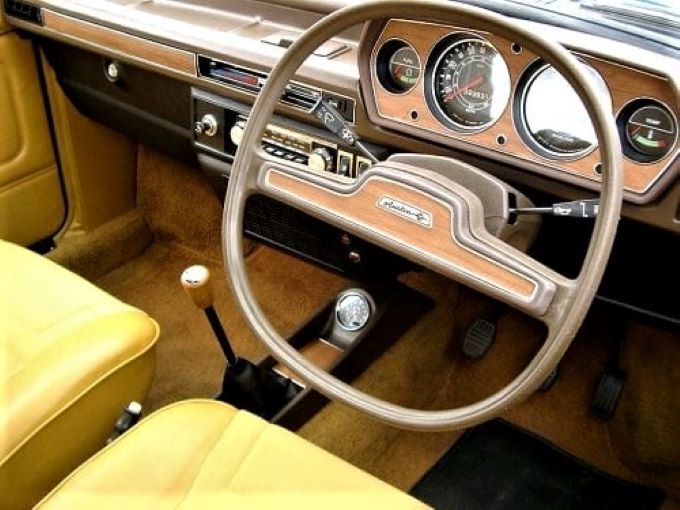




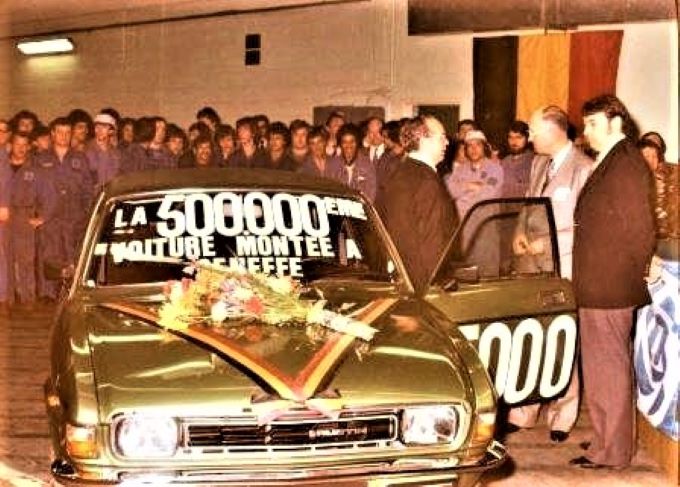
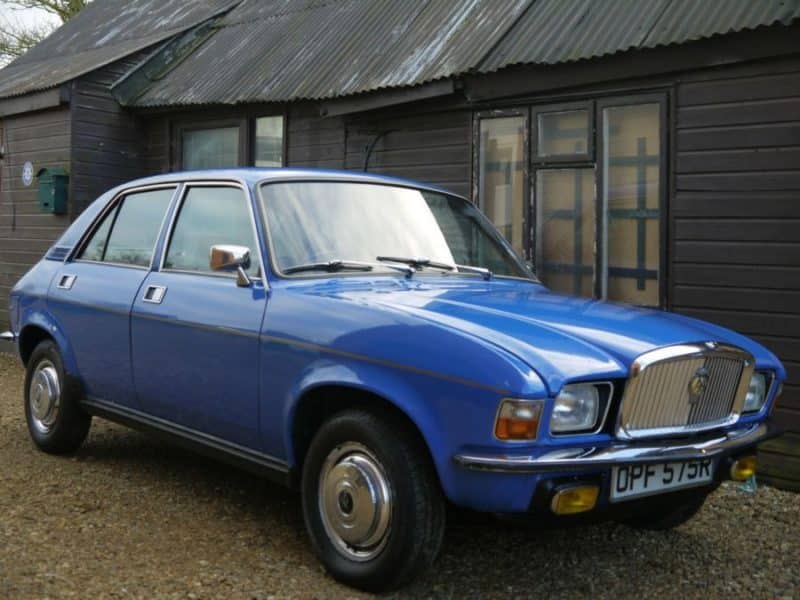





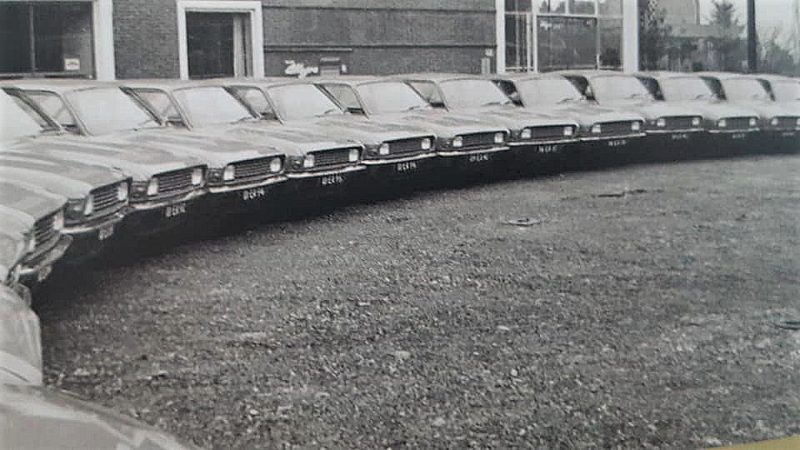

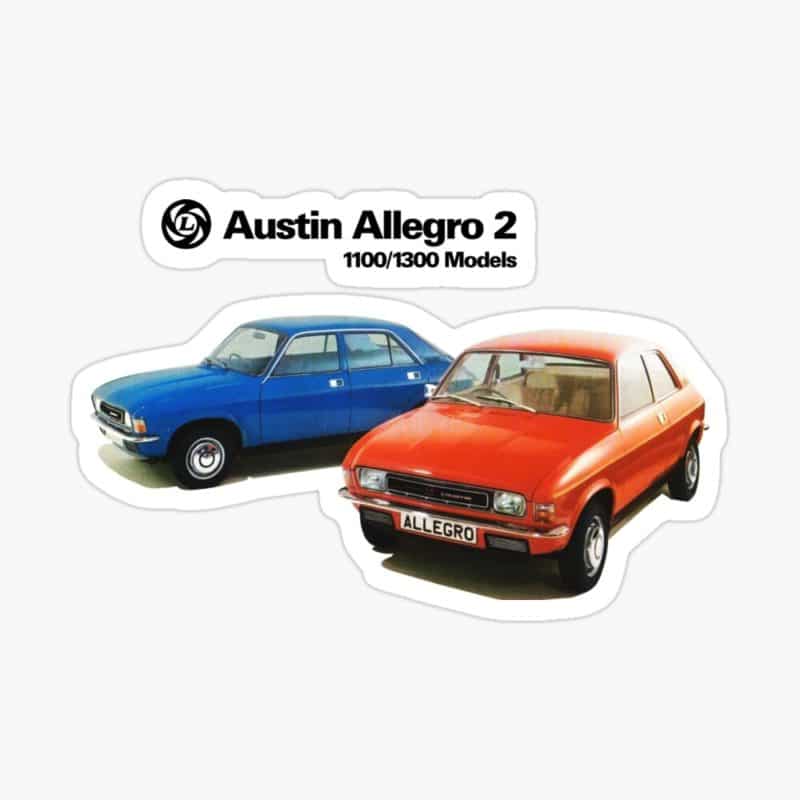

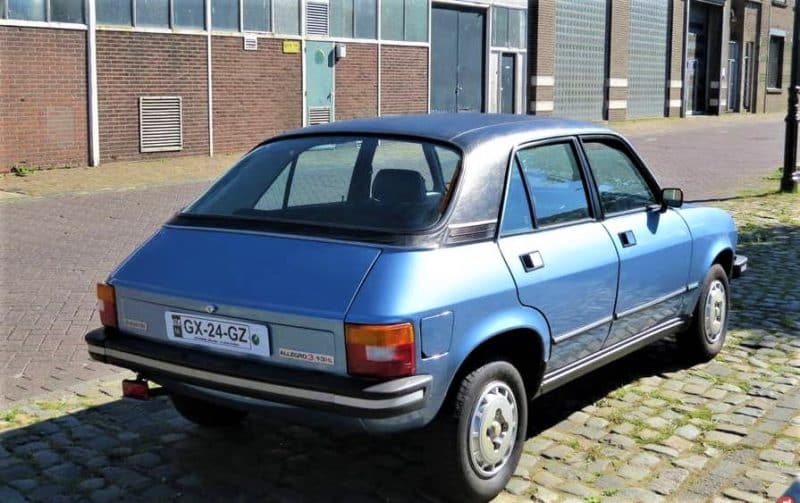



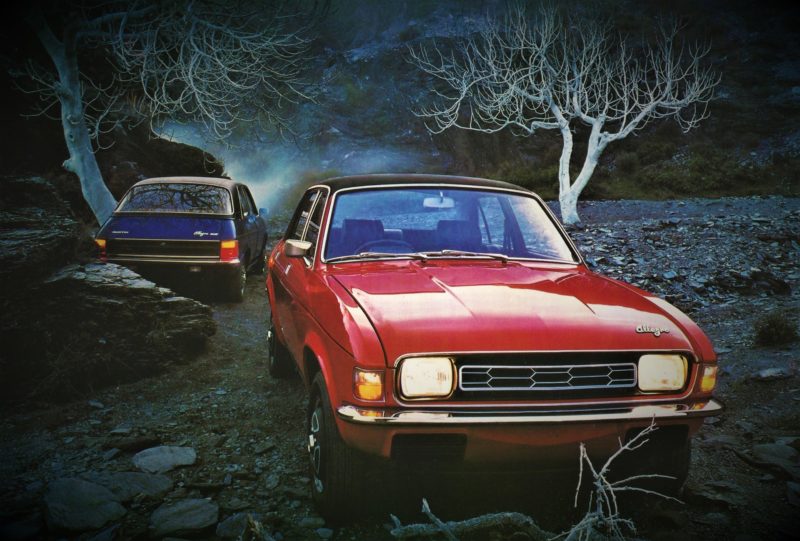

I've had a brown 1100. It drove fine and was economical for its time. The car radio was stolen and the thief thought it necessary to cut all the cables behind the plastic center console. The simple construction made it easy to repair. Now don't try anymore. It always drove, until a moment at 50 km an awful noise in the front. I was able to drive it home and after disassembling it turned out that the crankshaft was in half. But it still ran anyway!! Had a lot of fun. I think it was also called an exploded Fiat. I just can't remember where it came from.
I had a brown 1300 Special, 4 doors, velor upholstery, rear center armrest, green tinted glass, vinyl roof covering, in short, quite luxurious. Especially if you compared it to contemporaries such as a Mazda 1000, Kadett C or Datsun Cherry. Handling was phenomenal. After 140.000 km, the Austin was succeeded by an Ascona B 1,9, also a nice car, but compared to the Allegro, it had a very high fuel consumption.
I have had 2 4-door 1500 Allegros at the company, both did not last longer than 60.000 KM, so after four years I learned no more Allegro at the 2nd and switched to Opel Vectra, where the double number of kilometers drove without any problems.
I had an 1100 and for an English car it was difficult to withstand moisture and I have not woken up several times in the morning to dry the delco, or in the event of a puddle, it would stop 50 m further, but the Hydrofoil suspension drove it very comfortably and consumption was not too bad. While traveling in what was then Yugoslavia, my throttle cable broke, of course no cable to be found. I pushed a bicycle cable through the ventilation and it worked, then I drove all the way back to Belgium with a second longer cable + an electrosugar and this construction lasted until the next service…
Awesome Wally! An electro sugar 🤣
how do you come up with such nice words in Flanders? We ollanders call it a crown stone, no idea where that crown is in the stone.
In black, with tinted windows and wider shiny rims… Really a g..l thing!
At the time a car that you…..not…..with…seen…………never mind.
Now an appreciated classic car. The square steering wheel was named as TV. Of course you don't look flashy with that, just like with Prince Bernhard's glasses.
The real killer was the bad reputation that BL products had. Devastated talk in the press, no brand survives that. Bad management then tops it off.
Despite all the problems that you may have had with this model, it has a very nice appearance and a beautiful time image.
Just like the Marina and Maxi.
I'd like one. In yellow or orange.
I owned a 1275 Estate from 1977 to….!
From the beginning I had an oil consumption of 500 cl per 1000 km! Well broken in!! After much insistence and a visit from an Austin inspector, who sealed the oil drain because he didn't believe me and thought I was draining the oil!.
Finally received a completely overhauled engine from the importer in Antwerp. The oil consumption was then normal!?
Always found a nice sympathetic car